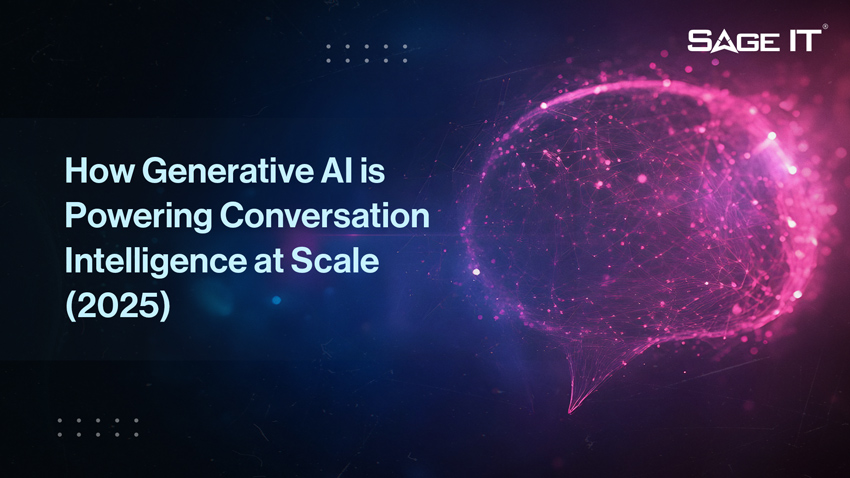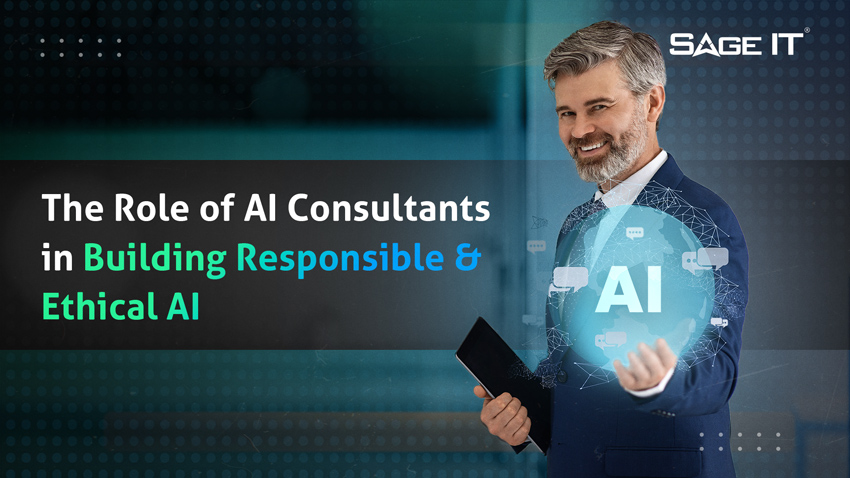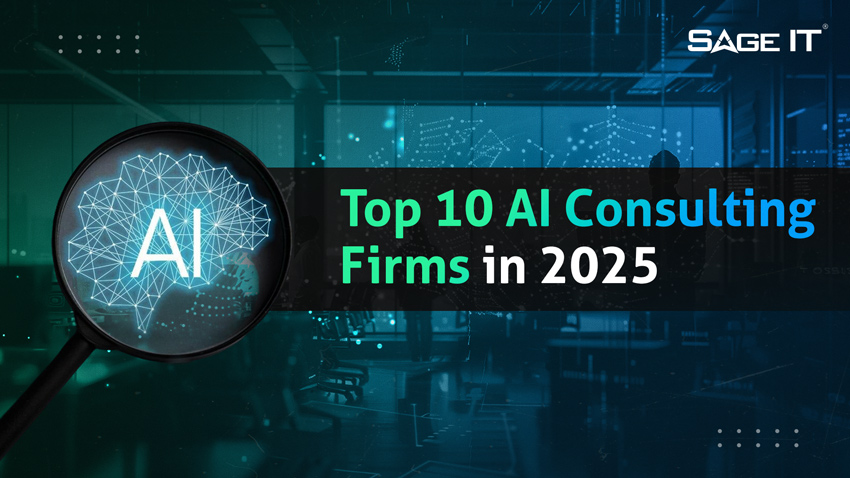In 2025, we stand at the cusp of a communications revolution. The global conversational AI market, valued at $11.58 billion in 2024, is set to catapult to $41.39 billion by 2030, with generative AI at its core. From call centers to customer success, enterprises are rethinking how they engage with people.
This shift isn’t simply about automating responses. It’s about building systems that understand, interpret, and emotionally resonate with human conversations at scale. Enter conversation intelligence: the strategic use of AI to analyze and generate responses during human interactions, transforming raw dialogue into actionable insights.
With the maturity of models like Gemini 1.5, LLaMA 3, and Phi3, generative AI is driving this new eraone where every interaction can be personalized, contextually aware, and emotionally intelligent. For businesses in 2025, this is no longer a competitive edgeit’s table stakes.
What is Conversation Intelligence?
Conversation intelligence refers to the suite of AI technologies that analyze, interpret, and respond to human conversations in real time. These systems blend natural language processing (NLP), sentiment analysis, and context awareness to convert interactions into value-generating experiences.
Key Components in 2025
Applications Across the Enterprise
Over 71% of enterprises now use conversational AI in customer service. But adoption is spreading: sales teams deploy it to auto-generate follow-ups, HR departments use it to triage employee inquiries, and IT ops integrate it into support workflows. Conversation intelligence is the digital connective tissue across modern organizations.
The Role of Generative AI in Conversation Intelligence
Generative AI is the engine transforming static interactions into dynamic, human-like dialogue. Unlike traditional AI, which relied on rigid rules and decision trees, today’s generative systems learn, adapt, and reason.
Capabilities Rewriting the Conversation Playbook
From Static Scripts to Agentic Intelligence
The shift from rule-based bots to agentic AI systems capable of making autonomous decisions is redefining operations. For example, an AI can now detect customer frustration, assess urgency, and route the issue to the most appropriate human agent, all before a ticket is logged.
Scaling Conversation Intelligence with Generative AI
In a data-driven economy, scale is non-negotiable. Generative AI is meeting that demand head-on.
Massive Real-Time Data Processing
Even lightweight models like Phi-3-mini (just 3.8 billion parameters) can deliver state-of-the-art performance while analyzing millions of conversational data points across CRM, helpdesk, and social media platforms.
Automation at Enterprise Scale
Personalized Interactions, Redefined
AI-driven personalization, leveraging customer data, has reduced response times by up to 52% in customer service, with 69% of businesses reporting improved consumer satisfaction across various sectors, including retail and finance.
Industry Case Studies
Benefits of Generative AI in Conversation Intelligence
Efficiency Gains
Repetitive tasks from password resets to product FAQs are now handled by AI, freeing human agents for high-value conversations. The result: workload reductions of 30–45%.
Precision and Accuracy
Platforms like Kore.ai and Haptik.ai now integrate sentiment and intent analysis with generative capabilities, producing bots that understand not just what users say, but how they feel.
Seamless Scalability
Generative AI empowers businesses to handle millions of simultaneous conversations, whether during Black Friday surges or pandemic-era healthcare crises.
Cost Optimization
With operational costs slashed by as much as 45% in contact centers and service desks, the ROI case for generative conversation intelligence is self-evident.
Challenges and Considerations
Ethical Concerns
Bias in generative outputs remains a critical issue. In a 2025 Reveal/Infragistics survey of 250 tech leaders, 37% cited bias in AI models as one of their top three concerns, alongside data privacy and untested deployments, while over 60% reported implementing ethical AI guidelines in response.
Data Security and Compliance
With regulations tightening, especially across Europe with AI-specific legislation layered onto GDPR compliance, transparency, and data sovereignty are front-of-mind.
Risk of Hallucinations
While LLMs are evolving rapidly, 80% of companies manually review AI-generated customer-facing content, and 97% edit or fact-check it before publication, underscoring the persistent risk of hallucinations and tone misalignment in generative outputs.
The Path Forward
Responsible AI frameworks featuring human-in-the-loop systems and continuous auditing are essential as enterprises scale generative AI. According to Gartner, by 2026, approximately 50% of governments worldwide will enforce responsible AI regulations, driving organizations to formalize governance processes, human oversight, and ethical reviews.
Real-World Impact and Future Potential
Market Penetration by Industry
Generative AI usage has skyrocketed doubling from around 33% of enterprises in 2023 to over 65% by early 2024, reflecting an unprecedented acceleration in adoption across industries.
What’s Next?
Toward AGI?
Generative AI in conversation intelligence is fast becoming a general-purpose technology, integrated into everything from productivity suites to embedded systems. As systems grow more capable, some view it as the precursor to artificial general intelligence (AGI).
Conclusion
Conversation intelligence, once a niche application of AI, is now a strategic pillar across industries. In 2025, generative AI is not just enhancing conversations—it’s revolutionizing how businesses listen, understand, and respond to people.
To stay competitive, enterprises must adopt this technology intentionally, focusing on impactful use cases while embedding ethical practices and robust safeguards. Partnering with generative AI consulting services helps organizations translate these possibilities into real-world business value, ensuring adoption delivers measurable outcomes.
The future of communication is intelligent, scalable, and deeply human. And it’s already here.
































